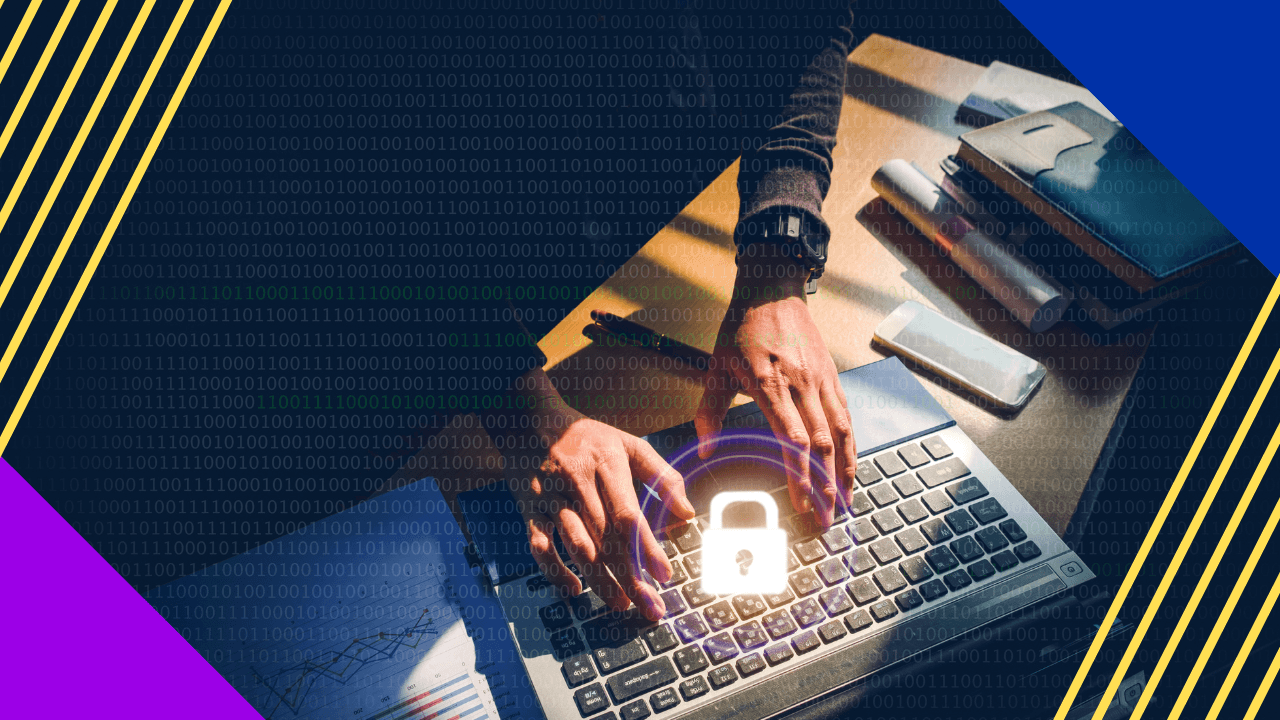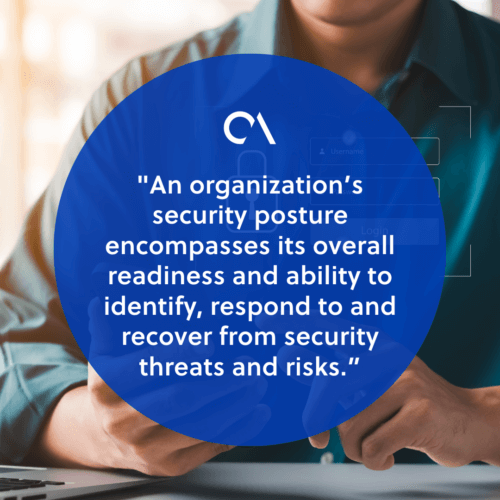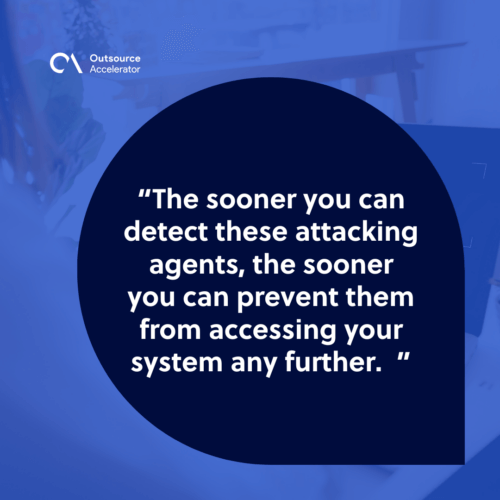Security posture and why your business needs it

For companies embarking on digital migration projects, keeping data safe and secure is one of the biggest concerns.
After all, moving data and applications to the cloud introduces a new set of risks that need to be managed: system disruptions, compliance issues, and the soaring incidence of cyber attacks.
These risks can be mitigated through a strong security posture, which enhances the security and visibility of digital assets.
What is security posture?
An organization’s security posture encompasses its overall readiness and ability to identify, respond to and recover from security threats and risks.
Keeping a strong security posture is key to protecting your assets and confidential information from hackers, malware, and other threats.

Why is security posture important?
Security posture is one of the most crucial things to monitor. Here are some reasons why it is not something to be overlooked:
Protection of assets
As mentioned earlier, maintaining a strong security posture safeguards the integrity of your online assets, including:
- Customer information
- Intellectual property
- Employee records
Implementing the right measures leads to safety from theft, tampering, or unauthorized access. Keeping this information safe is also a way to build trust with stakeholders.
Adheres to compliance laws
If something goes wrong because of poor security posture, not only are your valuable assets at risk, but you may also be facing legal action.
All companies must adhere to data compliance laws set by the government. Doing so protects your company from lawsuits, penalties, and high fines.
Business continuity
Even the smallest setback in data could delay various company operations since it may put safety at risk. Therefore, a robust security posture can help prevent business downtime while protecting your assets from being compromised.
How to evaluate security posture
There are many factors that help evaluate security posture. Consider these elements when conducting security audits or determining the strength of your cybersecurity frameworks:
Asset monitoring
First, you must determine the accuracy and completeness of all your digital assets. This covers every type of asset, such as managed to unmanaged and third-party ones.
It is not enough to take the asset as it simply is; assets are usually given a certain monetary value, which is used to determine how much is lost in the event of a cyber crisis.
Security measures and control
To prevent such crises, you must examine your security procedures to ensure they do not happen in the first place.
This includes firewalls, end-to-end encryption, authentication, and authorized access control. Other advanced measures include intrusion detection and security information and event management (SIEMs).
Detection of attack vendors
Attack vendors are the different methods your assets may be at risk. Some examples of attack vendors include:
- Breaches
- Infiltration
- Malware or ransomware
- Phishing
- Compromised information (e.g., passwords or credentials)
Usually, these attack vendors are targeted at weak or unsecured areas, so your security measures must cover all facets of your organization.
The sooner you can detect these attacking agents, the sooner you can prevent them from accessing your system any further.

Recovery processes in place
Every company must have multiple recovery plans and contingency plans in place. It is critical to analyze these measures to ensure their effectiveness and spot areas for improvement.
Furthermore, companies conduct tests to verify data integrity and availability in the event of a cyber crisis.
Maintain a strong security posture with ConnectOS
Cybersecurity and IT can be complicated, which is why services like security posture are better dealt with by professionals, such as ConnectOS.
ConnectOS guarantees a safe and secure IT environment. This firm offers top-tier IT and compliance services that grant the highest levels of security.
Visit ConnectOS’ website to learn more about the company and its services.







 Independent
Independent




